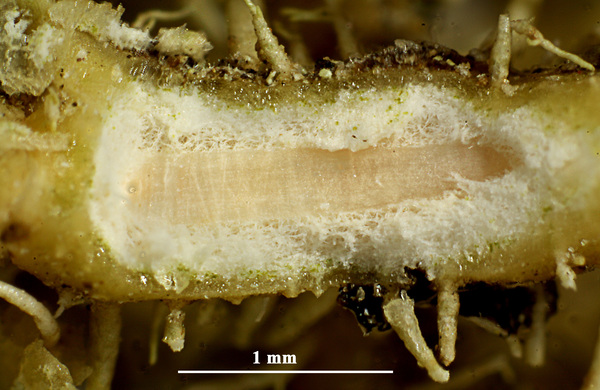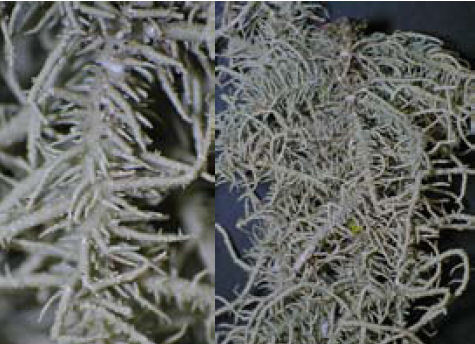Usnea dasaea Stirt.
Scottish Natur., 6: 104, 1881.
Synonyms: Usnea dolosa Motyka; Usnea galbinifera Asahina; Usnea spinigera Asahina; Usnea spinulifera (Vain.) Motyka; Usnea undulata Stirt.
Distribution: N - Ven, Lomb.
Description: Thallus fruticose-filamentous, greenish, shrubby to subpendent, up to 15 cm long, branching mainly anisotomic-dichotomously with divergent branches. Main branches cylindrical to irregular, more or less provided with annular cracks, pale and without conspicuous cracks at base; lateral branches often slightly to distinctly constricted at attachment point; papillae and tubercles absent; fibrils numerous, 1-2(-3) mm long, irregularly distributed and most dense in the basal parts, spinulose, tending to fall off, leaving scars from which soralia may originate. Soralia punctiform to longitudinally elliptical, convex, often confluent and forming irregular masses of soredia occupying less than the half of the diameter of the branch, often with 0.15-0.3 mm long, clustered isidiomorphs. Cortex shiny in longitudinal section, thin (4–9% of total branch thickness); medulla heterogeneous, with a narrow, compact ring below the cortex, otherwise dense and thick (25-29%), white to faintly pink-orange in internal part; central axis white or faintly pink-orange in peripheral part, moderately thick (25-34%). Apothecia not found in Italian material. Photobiont chlorococcoid. Spot tests: cortex K-, C-, KC-, P-; medulla K+ yellow turning dark red, C-, KC-, P+ yellow-orange. Chemistry: usnic acid in cortex; medulla with galbínic, norstictic and salazínic acids (all major), or very rarely only with salazinic (major) and norstictic (major) acids or with psoromic acid (major).Note: a mainly southern species in Europe, found on twigs in moist woodlands, exceptionally on rocks, at relatively low elevations. The few Italian records, from the Alps, require confirmation.
Growth form: Fruticose filamentous
Substrata: bark
Photobiont: green algae other than Trentepohlia
Reproductive strategy: mainly asexual, by soredia, or soredia-like structures (e.g. blastidia)
Most common in areas with a humid-warm climate (e.g. most of Tyrrenian Italy)
Commonnes-rarity: (info)
Alpine belt: absent
Subalpine belt: absent
Oromediterranean belt: absent
Montane belt: absent
Submediterranean belt: very rare
Padanian area: absent
Humid submediterranean belt: absent
Humid mediterranean belt: extremely rare
Dry mediterranean belt: absent

Predictive model
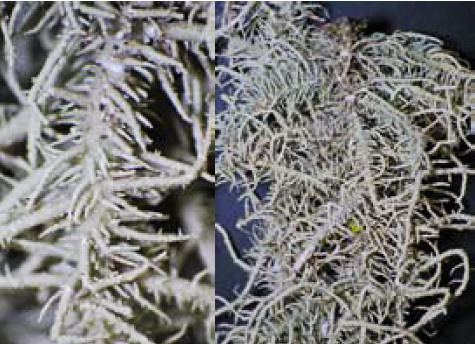
Tiiu Tõrra; Owner: Tiiu Tõrra - Institute of Ecology and Earth Sciences, University of Tartu, Estonia
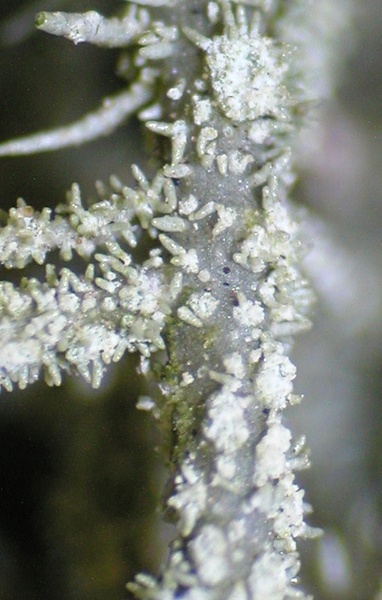
Tiiu Tõrra; Owner: Tiiu Tõrra - Institute of Ecology and Earth Sciences, University of Tartu, Estonia
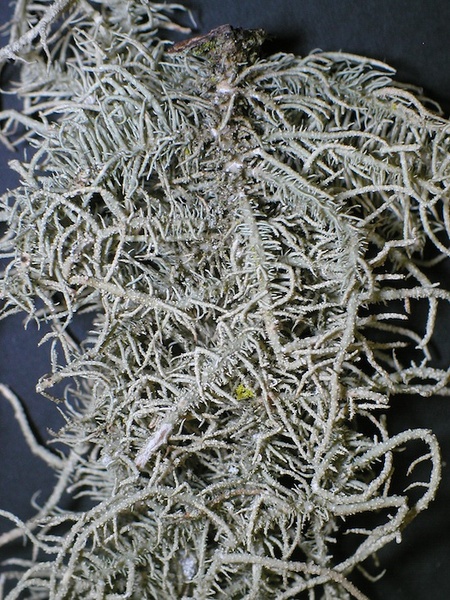
Tiiu Tõrra; Owner: Tiiu Tõrra - Institute of Ecology and Earth Sciences, University of Tartu, Estonia
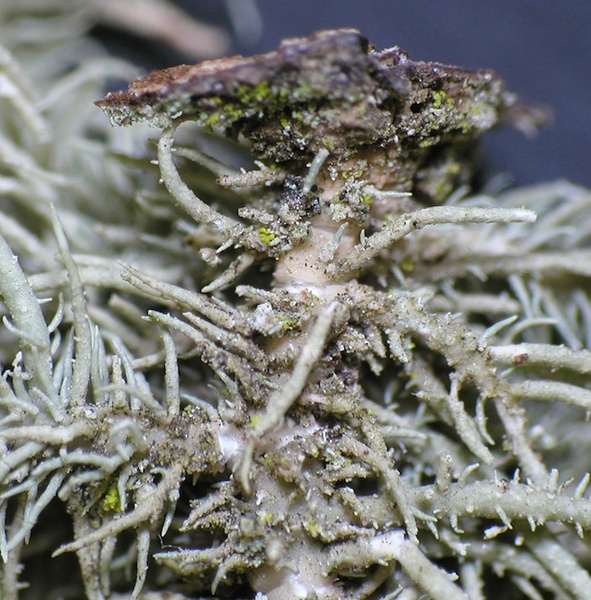
Tiiu Tõrra; Owner: Tiiu Tõrra - Institute of Ecology and Earth Sciences, University of Tartu, Estonia
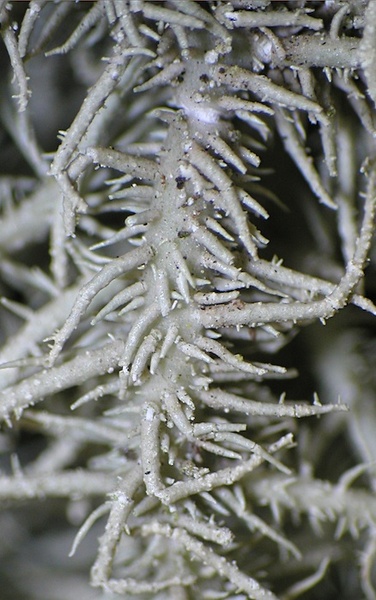
Tiiu Tõrra; Owner: Tiiu Tõrra - Institute of Ecology and Earth Sciences, University of Tartu, Estonia
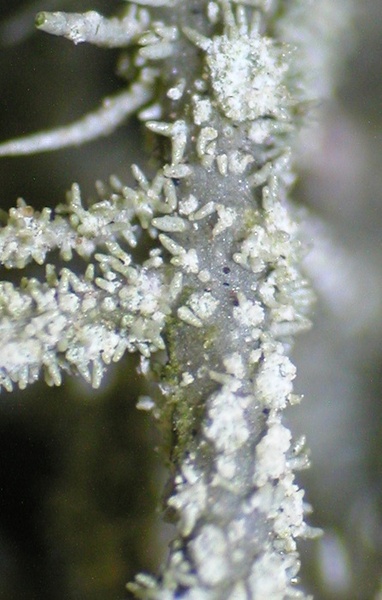
Tiiu Tõrra; Owner: Tiiu Tõrra - Institute of Ecology and Earth Sciences, University of Tartu, Estonia
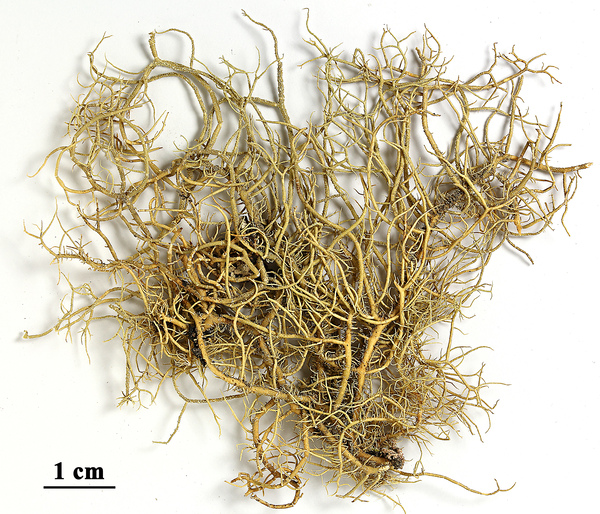

Felix Schumm - CC BY-SA 4.0
[16230], Australia, New South Wales, between Bermagui and Tathra, road from Aragunnu Beach to Mimosa Rocks, 36.58529° S, 150.05618° E, 10 m. Leg. F. Schumm & E. Stocker-Wörgötter, 12.11.2009, det. J.A. Elix.
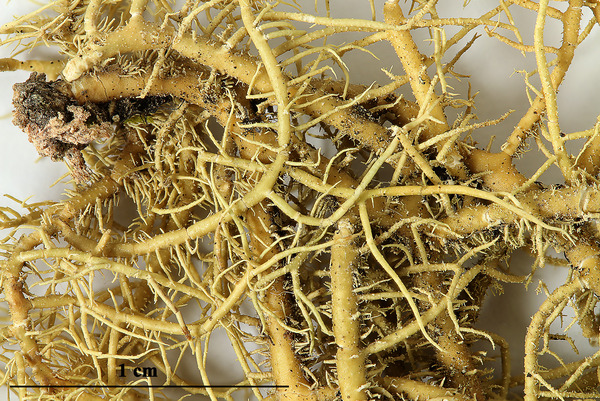

Felix Schumm - CC BY-SA 4.0
[16230], Australia, New South Wales, between Bermagui and Tathra, road from Aragunnu Beach to Mimosa Rocks, 36.58529° S, 150.05618° E, 10 m. Leg. F. Schumm & E. Stocker-Wörgötter, 12.11.2009, det. J.A. Elix.


Felix Schumm - CC BY-SA 4.0
[16230], Australia, New South Wales, between Bermagui and Tathra, road from Aragunnu Beach to Mimosa Rocks, 36.58529° S, 150.05618° E, 10 m. Leg. F. Schumm & E. Stocker-Wörgötter, 12.11.2009, det. J.A. Elix.
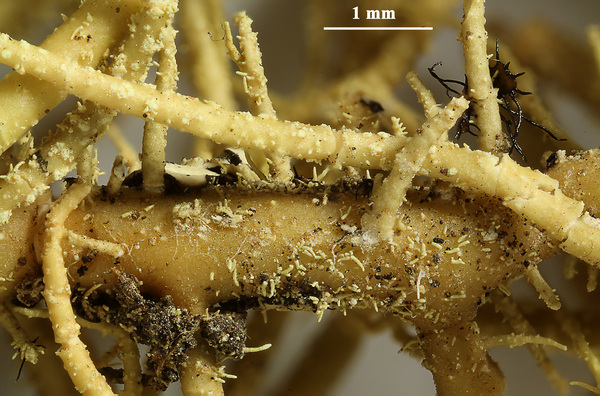

Felix Schumm - CC BY-SA 4.0
[16230], Australia, New South Wales, between Bermagui and Tathra, road from Aragunnu Beach to Mimosa Rocks, 36.58529° S, 150.05618° E, 10 m. Leg. F. Schumm & E. Stocker-Wörgötter, 12.11.2009, det. J.A. Elix.
Growth form: Fruticose filamentous
Substrata: bark
Photobiont: green algae other than Trentepohlia
Reproductive strategy: mainly asexual, by soredia, or soredia-like structures (e.g. blastidia)
Most common in areas with a humid-warm climate (e.g. most of Tyrrenian Italy)
Commonnes-rarity: (info)
Alpine belt: absent
Subalpine belt: absent
Oromediterranean belt: absent
Montane belt: absent
Submediterranean belt: very rare
Padanian area: absent
Humid submediterranean belt: absent
Humid mediterranean belt: extremely rare
Dry mediterranean belt: absent

Predictive model

Tiiu Tõrra; Owner: Tiiu Tõrra - Institute of Ecology and Earth Sciences, University of Tartu, Estonia

Tiiu Tõrra; Owner: Tiiu Tõrra - Institute of Ecology and Earth Sciences, University of Tartu, Estonia

Tiiu Tõrra; Owner: Tiiu Tõrra - Institute of Ecology and Earth Sciences, University of Tartu, Estonia

Tiiu Tõrra; Owner: Tiiu Tõrra - Institute of Ecology and Earth Sciences, University of Tartu, Estonia

Tiiu Tõrra; Owner: Tiiu Tõrra - Institute of Ecology and Earth Sciences, University of Tartu, Estonia

Tiiu Tõrra; Owner: Tiiu Tõrra - Institute of Ecology and Earth Sciences, University of Tartu, Estonia


Felix Schumm - CC BY-SA 4.0
[16230], Australia, New South Wales, between Bermagui and Tathra, road from Aragunnu Beach to Mimosa Rocks, 36.58529° S, 150.05618° E, 10 m. Leg. F. Schumm & E. Stocker-Wörgötter, 12.11.2009, det. J.A. Elix.


Felix Schumm - CC BY-SA 4.0
[16230], Australia, New South Wales, between Bermagui and Tathra, road from Aragunnu Beach to Mimosa Rocks, 36.58529° S, 150.05618° E, 10 m. Leg. F. Schumm & E. Stocker-Wörgötter, 12.11.2009, det. J.A. Elix.


Felix Schumm - CC BY-SA 4.0
[16230], Australia, New South Wales, between Bermagui and Tathra, road from Aragunnu Beach to Mimosa Rocks, 36.58529° S, 150.05618° E, 10 m. Leg. F. Schumm & E. Stocker-Wörgötter, 12.11.2009, det. J.A. Elix.


 Index Fungorum
Index Fungorum
 GBIF
GBIF
